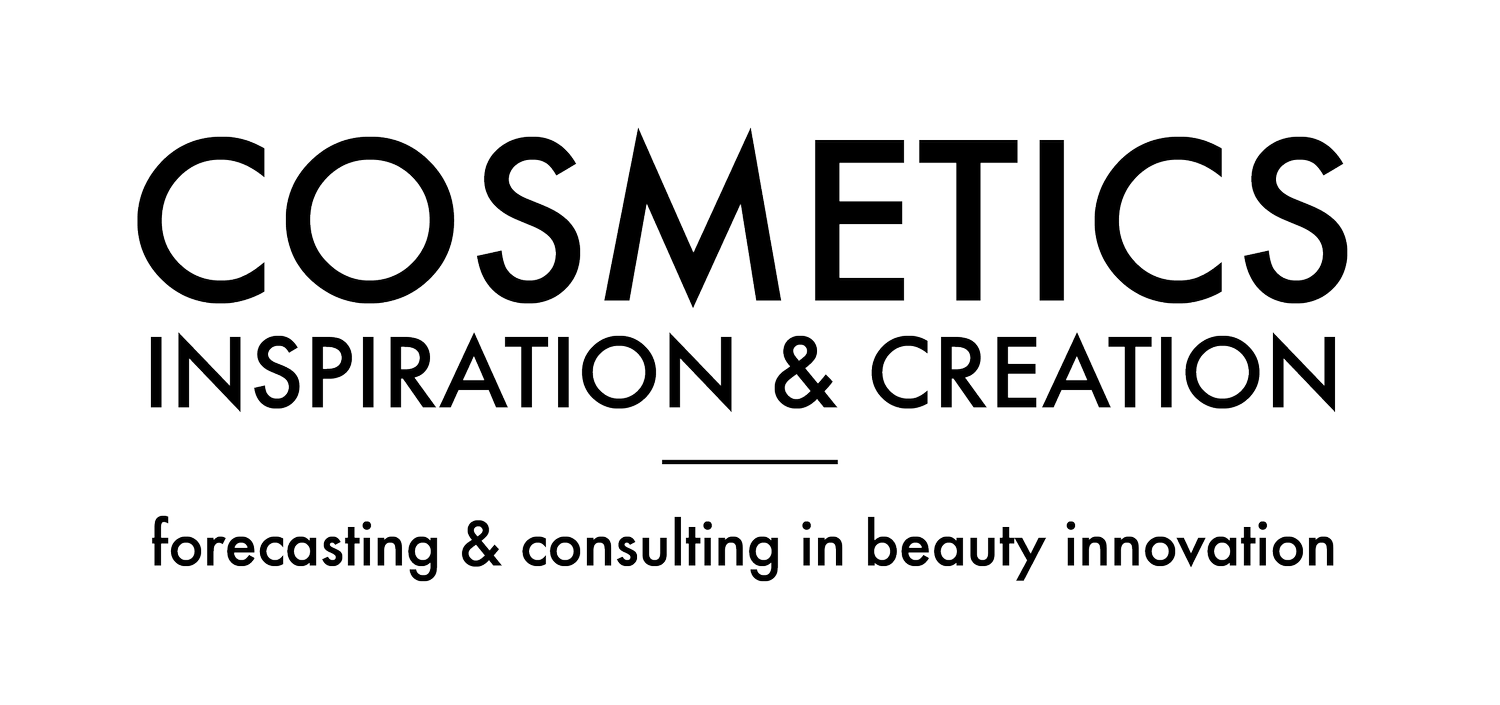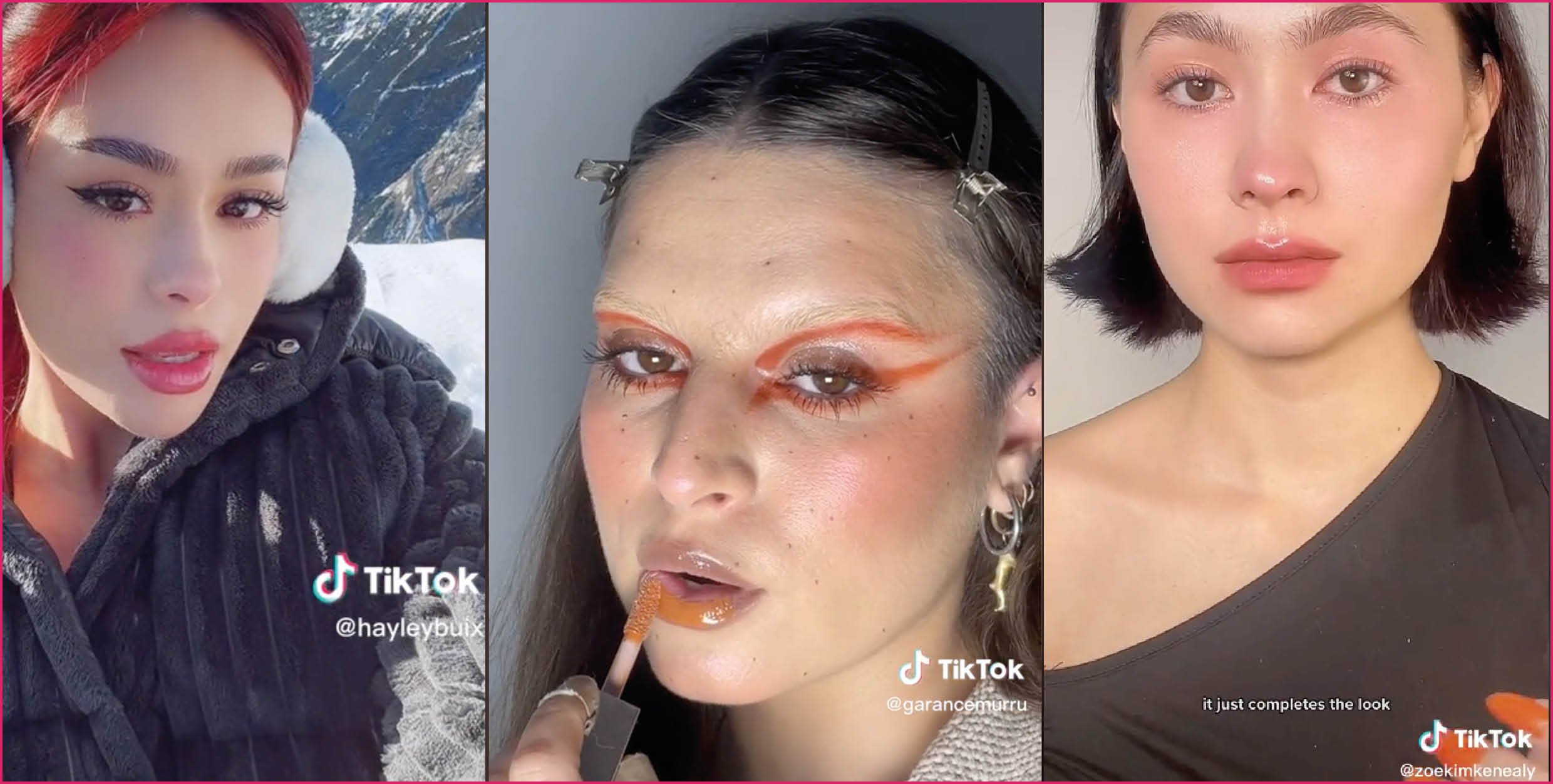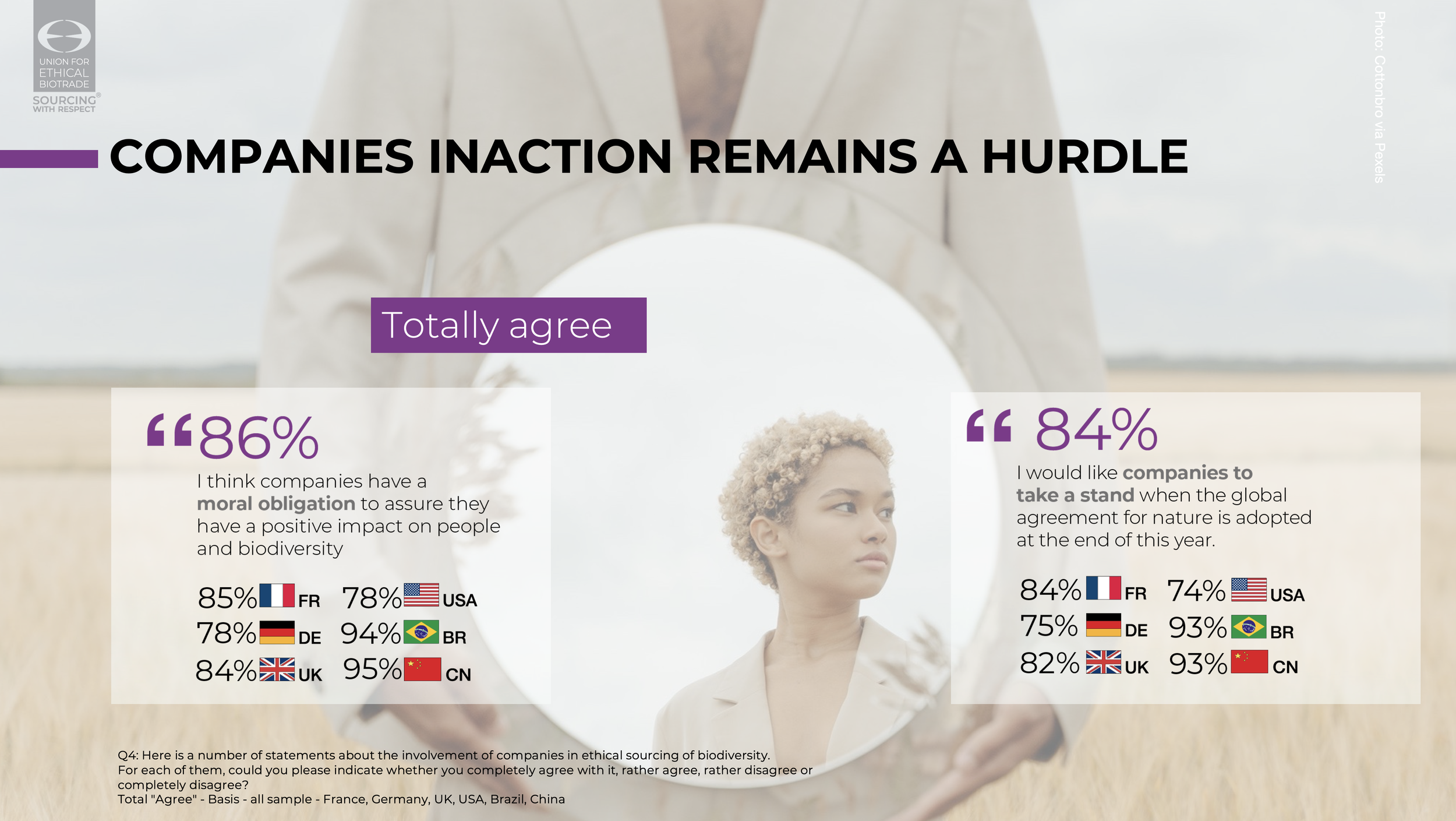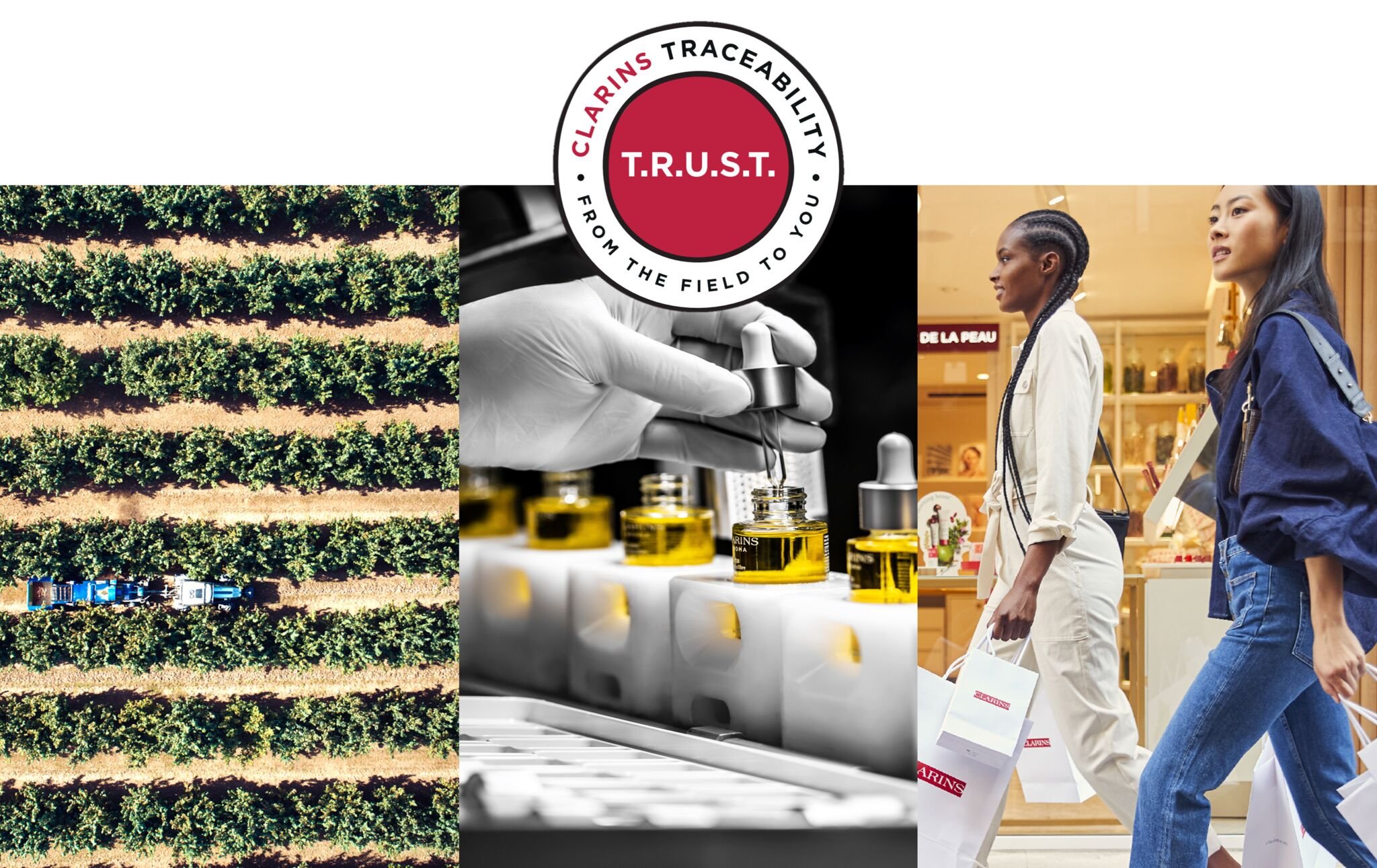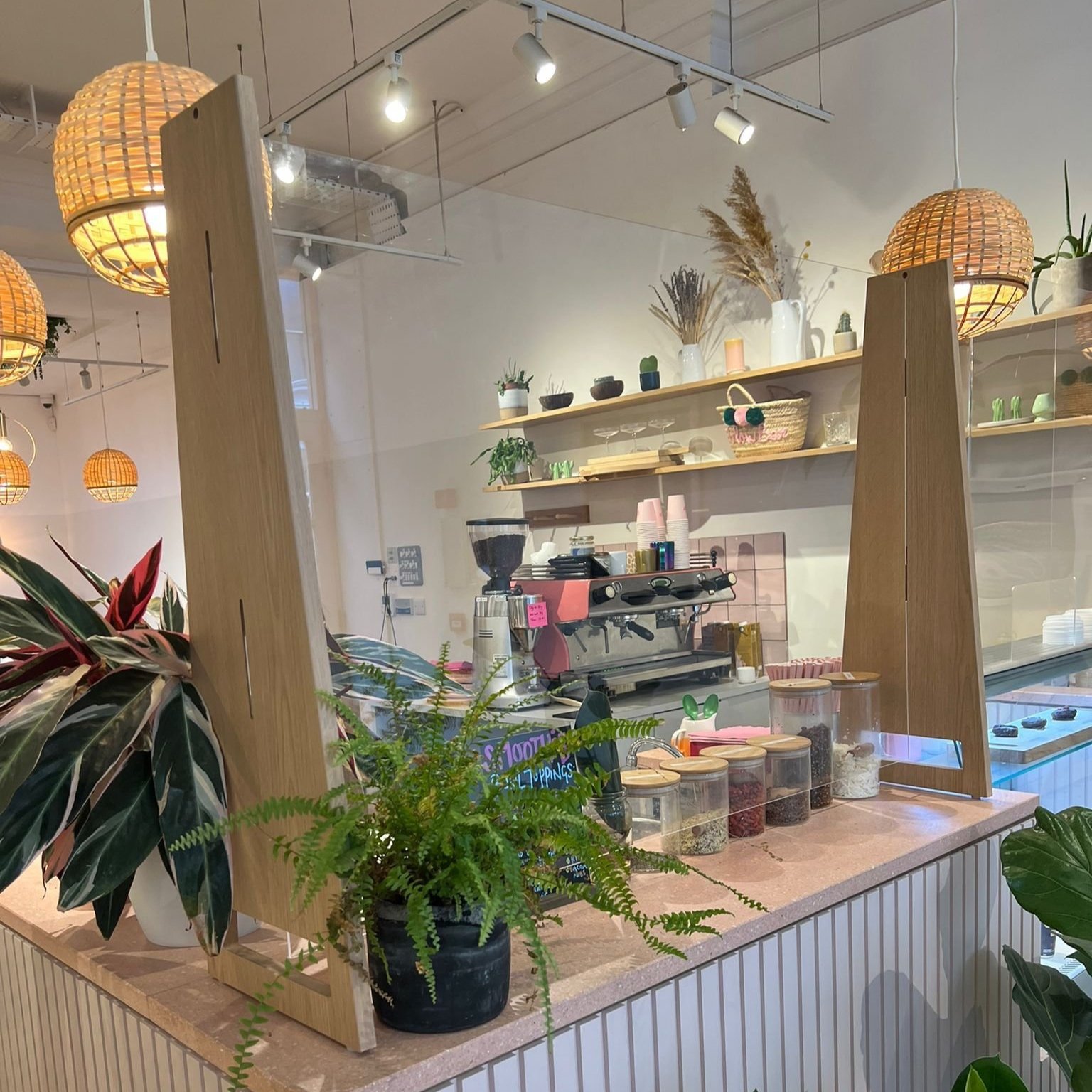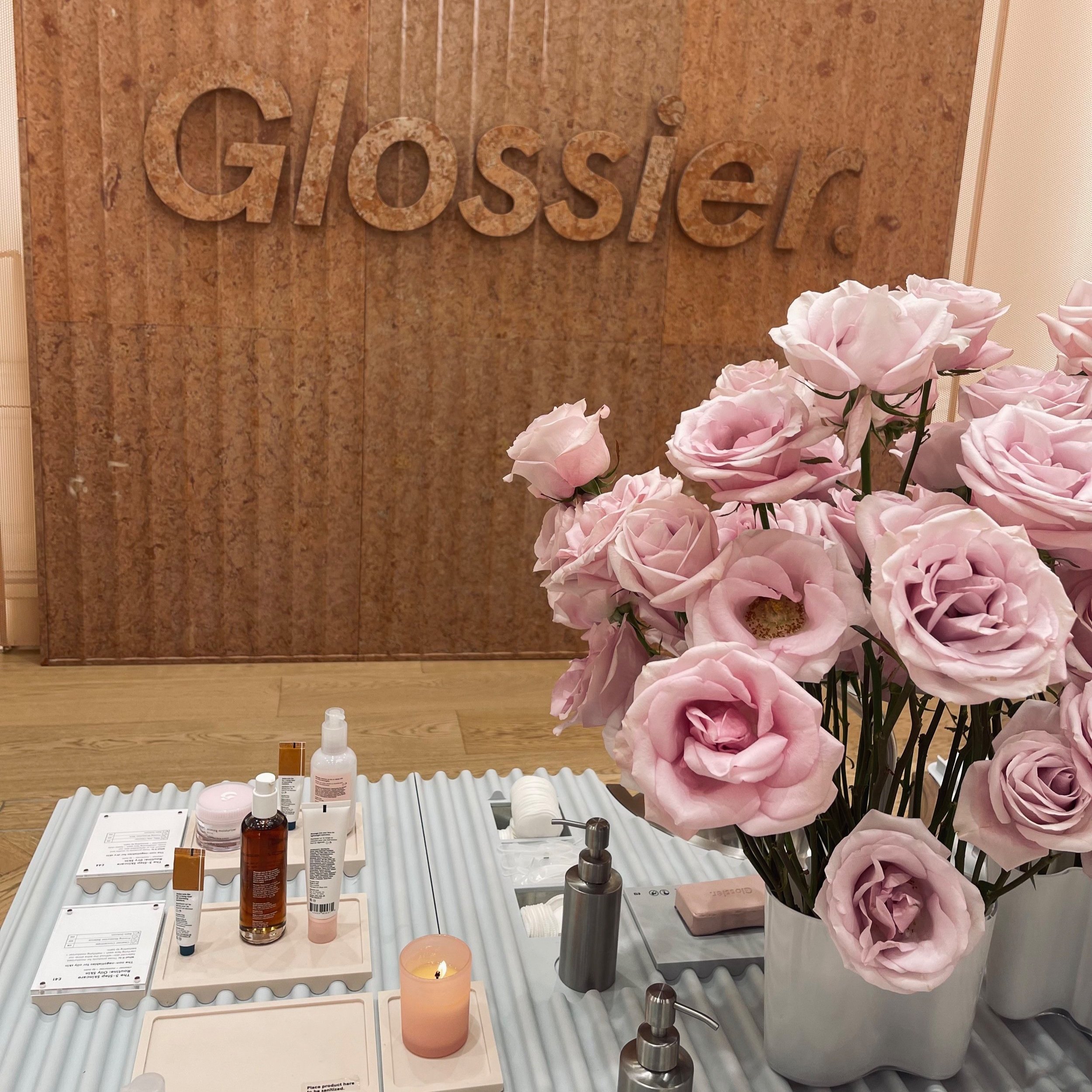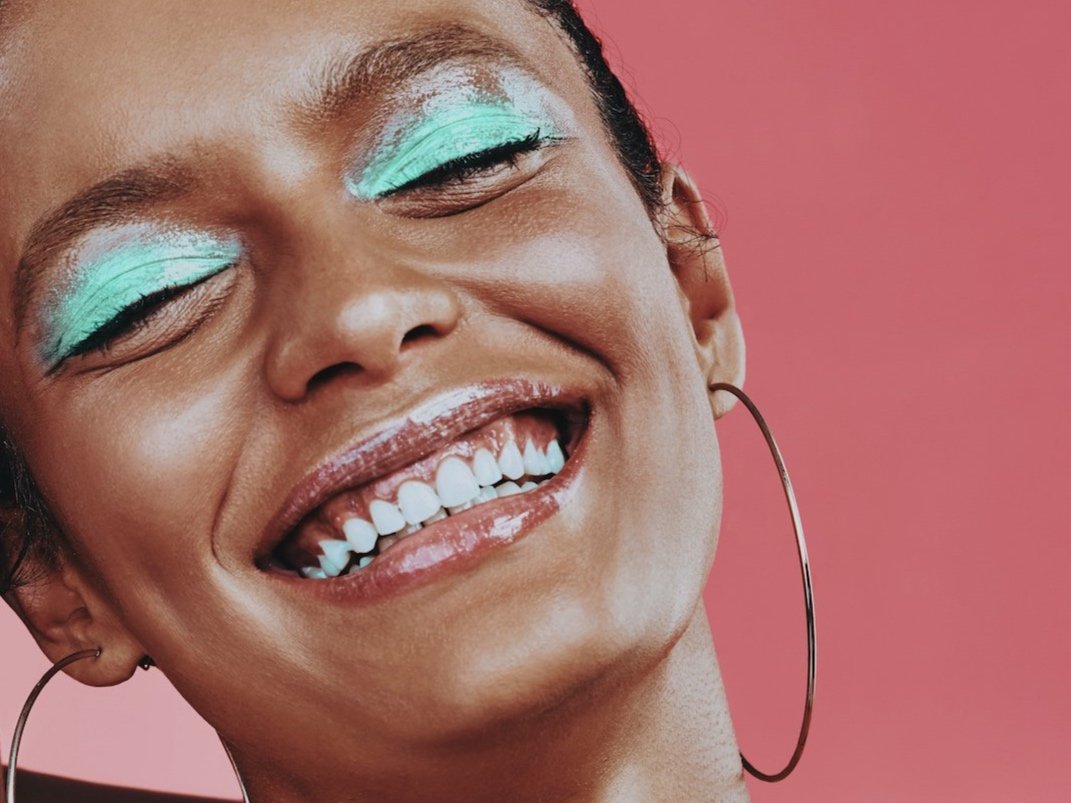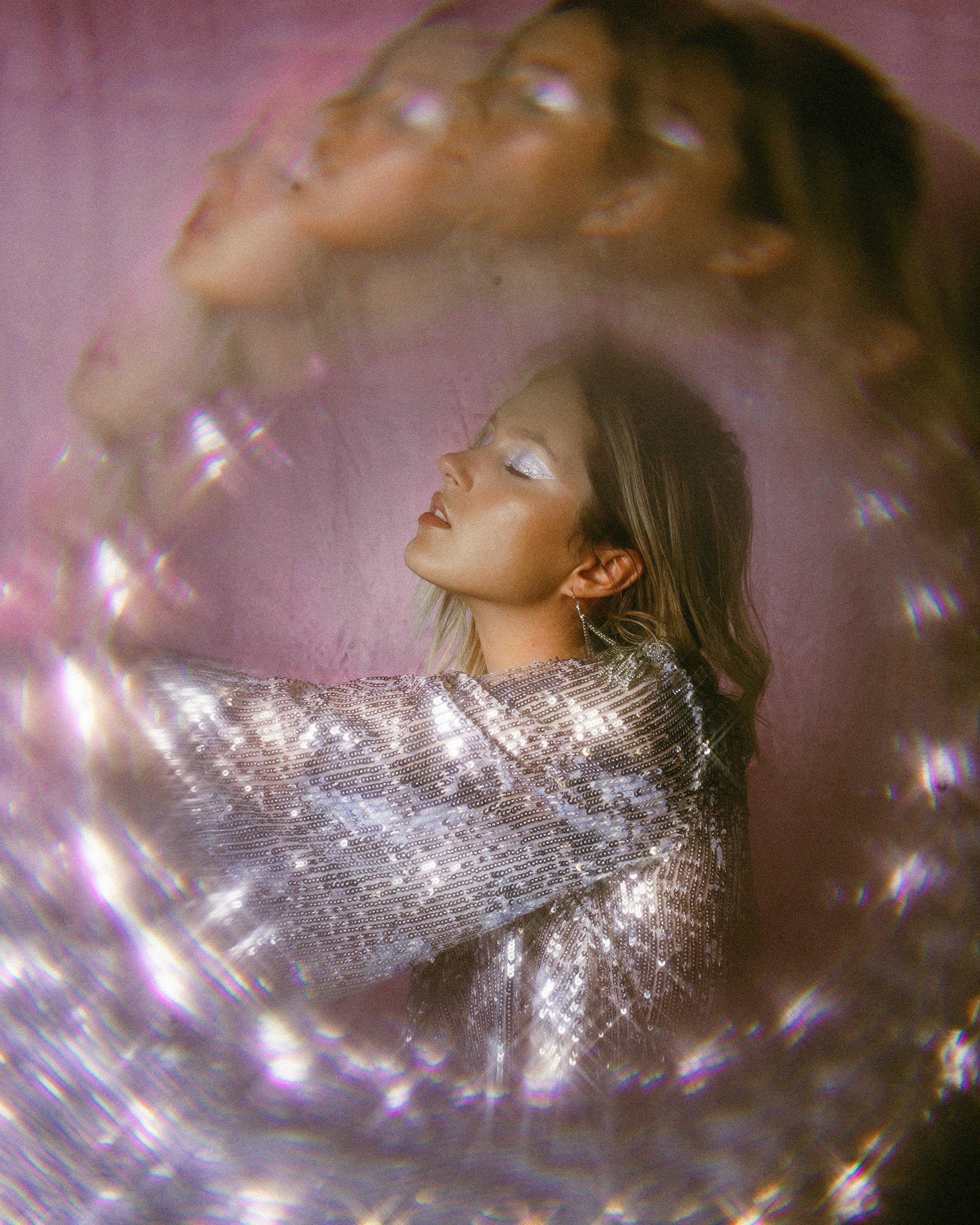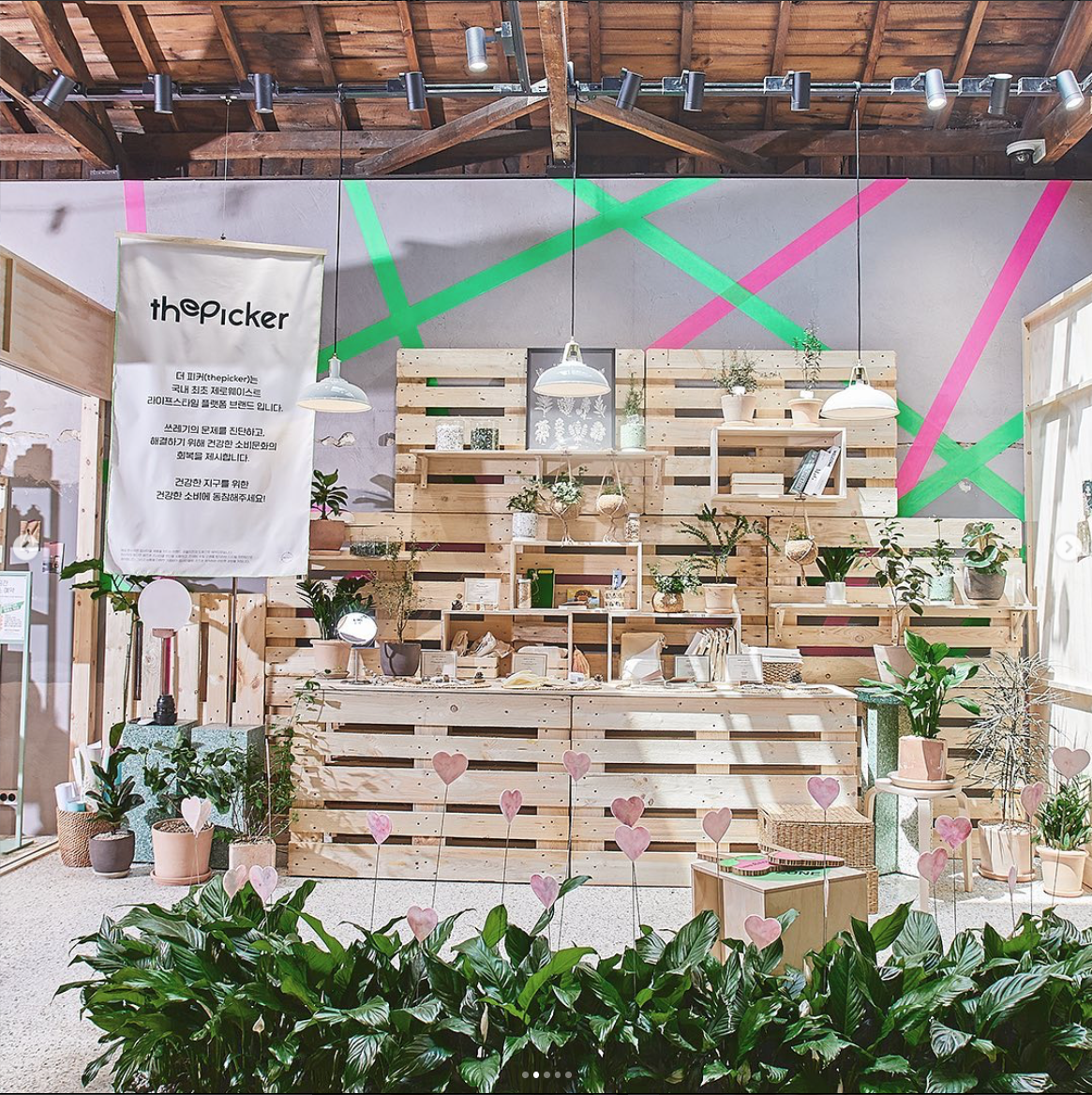@hayley_bui /@garabceluru/ @zoekimkenealy - TikTok
No social platform has impacted Beauty quite in the way that TikTok has. The platform’s unique algorithm allows for any creator (be it a big brand or unique user) to go viral, propelling the site’s reputation as a space for discovery.
TikTok-onomics
Over half of all users (52%) now say they discover new products on the platform, a behavior that has shifted TikTok from a social network to an experiential media. Its influence on beauty trends, the success of new brands, the revival of long-forgotten products and the reinvention of heritage brands is propelling the industry to new levels of innovation and creativity. Based on our ranking on the total of followers, Huda Beauty is the #1 ranked Beauty brand on TikTok, with 8.4 million followers and 173.2 million likes. Next, is Kylie Cosmetics with 3.4 million followers and 24.4 million likes, followed by Florence By Mills at #3 (2.8 million followers and 47.2 million likes), Kaja at #4 (1.7 million followers and 25.4 million likes) and Fenty at #5 (1.5 million followers and 24.5 million likes).
Below, discover 3 key TikTok trends in January to inspire new beauty directions over the year ahead:
1- I’M COLD
The counter-response to last summer’s sunburn blush trend is this season’s “I’m Cold” makeup. With over 234.8M views on TikTok, #Imcoldmakeup is defined by flushed rosy cheeks, a red-tipped nose, frosted lids and clear or frost-bitten lips.
Much like the Clean Girl trend, the wintery makeup look is about enhancing the natural flush through elevated artistry. Blush is the key product here, which is applied on the apples of the cheeks upwards, across the bridge of the nose and to the tip. Some TikTokkers are even recreating chapped lips by applying cream blush around the lip line.
Influencers to follow:
@zoekimkenealy #greenscreen I think this is my favorite TikTok I’ve ever made even tho I felt so basic going outside and taking selfies with my Starbucks it was also the highlight of my day hehe it’s Makeup for serotonin feels and hallmark movie time! It’s the im cold it’s winter and the holidays and fall makeup look tutorial. #wintermakeup #fallmakeuplook #coldmakeup #maccosmetics #benefitcosmetics #makeupforever #wintermakeuplook ♬ august - Taylor Swift
@trulue THIS IS THE CUTEST MAKEUP LOOK!!❄️ @zoekimkenealy you’re beautiful and this idea is amazing💖 #blush #viralmakeup #makeuptutorial #grwm ♬ Ice Dance (From "Edward Scissorhands") - Ashton Gleckman
Rising Hashtags:
#Imcoldmakeup: 234.8M / #wintermakeup: 192.6M views
2 - CRYING MAKEUP
Another trend propelled by TikTok MUA Zoe Kim Kenealy, “Crying Makeup” recreates the effects of a post-crying face - typified by a tear-streaked complexion, red eyes, smudged liner, and flushed cheeks.
In Kenealy’s viral tutorial, she uses blush to create a soft redness around the eyes, nose, and cheeks while applying a liquid, glitter eyeshadow to make the eyes appear teary. Glitter gel is also applied to the face to replicate tears, while lips are smudged with lipstick and gloss. Key products include Fenty Beauty’s Double Cheek’d Up - a limited-edition duo of cream blush shades - AMTS Liquid Glitter Shadow in 02, NYX Professional Makeup Slide On Lip Pencil, and EM Cosmetics Soft Spoken Lips in Manifest and Intuition. About Face’s Vinyl Effect Eye Gloss is applied for a wet-look shine on the eyelids, cheeks, and cupid’s bow.
Influencers to follow:
@zoekimkenealy #greenscreen crying makeup look tutorial 😅 Can I go as a crying person for Halloween or is that not a thing #cryingmakeup #tearmakeup #cryingeyes #makeupforhalloween ♬ Show Me How (Album V) - Men I Trust
@karikarikari im sure a look like this is useful for something?? #fyp #makeup #grwm ♬ Woozy - Glass Animals
Rising Hashtags:
#cryingmakeuptutorial: 25.3B views / #makeupgirlcrying: 91.1M views / #crygirlmakeup: 101.3M views
3 - DISAPPEARING BROWS
From bleached brows to no brows, TikTokkers move the statement brow into another dimension by removing them altogether. The latest evolution in the brow trend cycle, sees brows disappear as bold TikTokkers move on from laminated, fluffy, and super-skinny to play with a more experimental new look.
Doja Cat spurred the trend when she recently shaved off her brows and replaced them with drawn-on abstract shapes and colours, paving the way for TikTok creators to experiment with their own artistic no-brow looks. Cue TikTokkers sharing ‘shaving’ videos as they remove their own brows and play with a more extreme beauty narrative, some other present tutorials using correctors and concealers to create the #disappearingbrows look.
Influencers to follow:
@madykennedy Part 2- Coloir correcting the brows to make them ✨disappear✨ #browblocking #makeuptips #creativemakeup ♬ original sound - madykennedy
Rising Hashtags:
#eyebrowsdisappear: 9.7B views / #eyebrowdisappearfilter: 71.1M views / #missingeyebrowfilter: 5.8M views / #missingeyebrow: 5.7M views/
#noeyebrowstrend: 241.1M views
THE CIC Take
Beauty trends are increasingly being shaped and propelled by peer-to-peer communities, with TikTok the favored platform for interaction, advice, inspiration and education.
Brands must keep TikTok at the forefront in order to keep pace with the expectations of Gen Z consumers. Our new Inspiration Book: Makeup Inspiration from the US, decodes the latest must-know TikTok trends, providing insight and analysis on how these influences should shape your future product development. Contact us today for your report teaser!
(Sources figures: TikTok January 2023)
